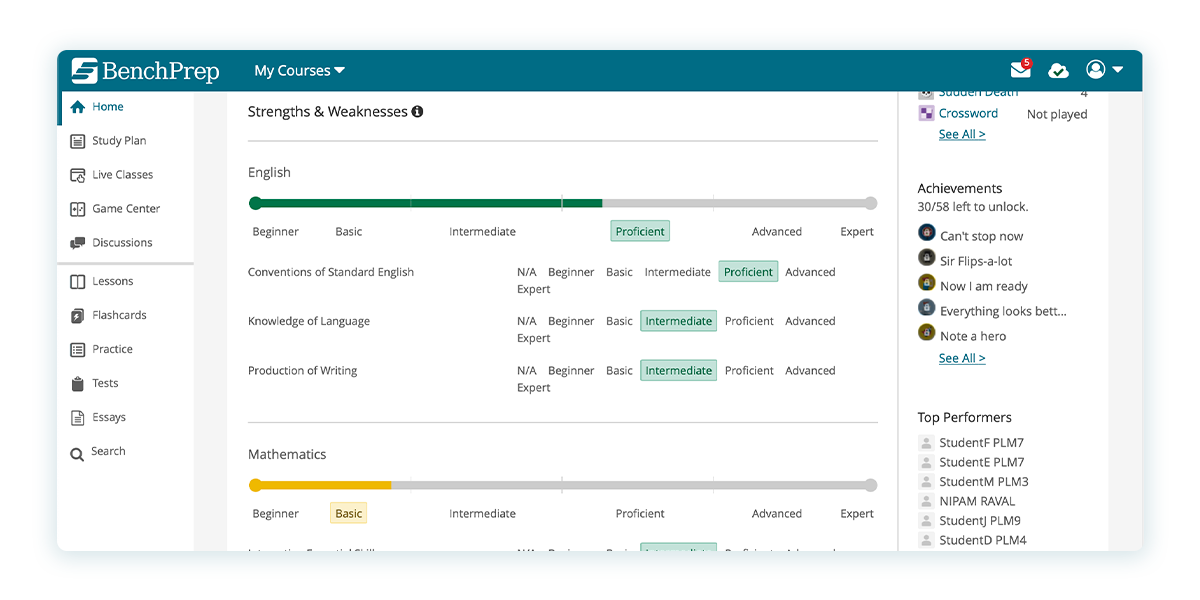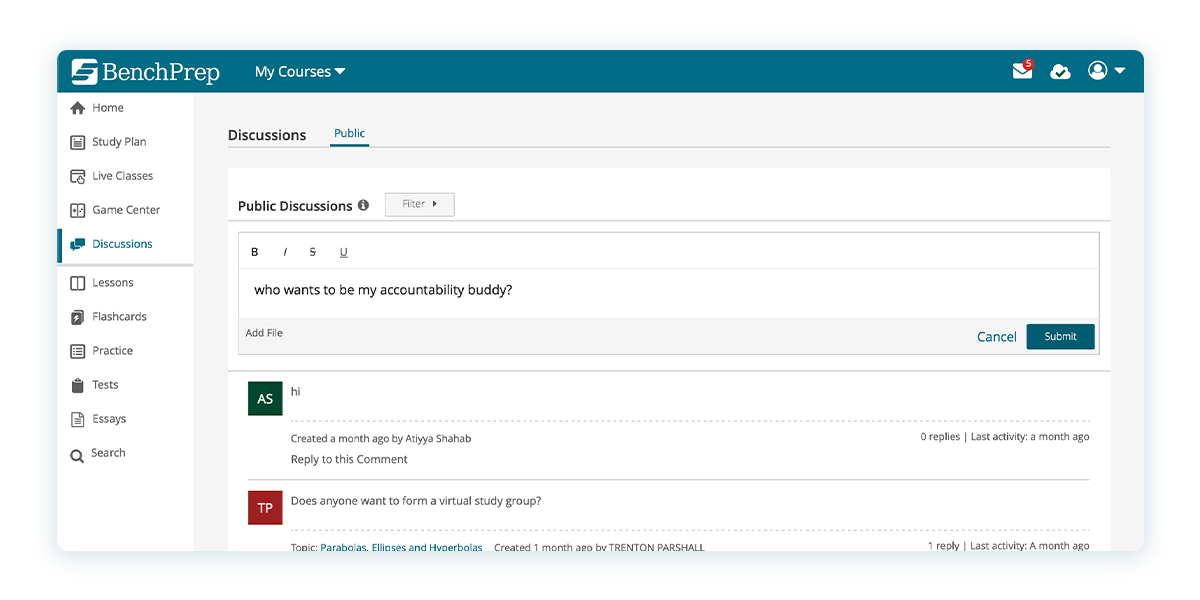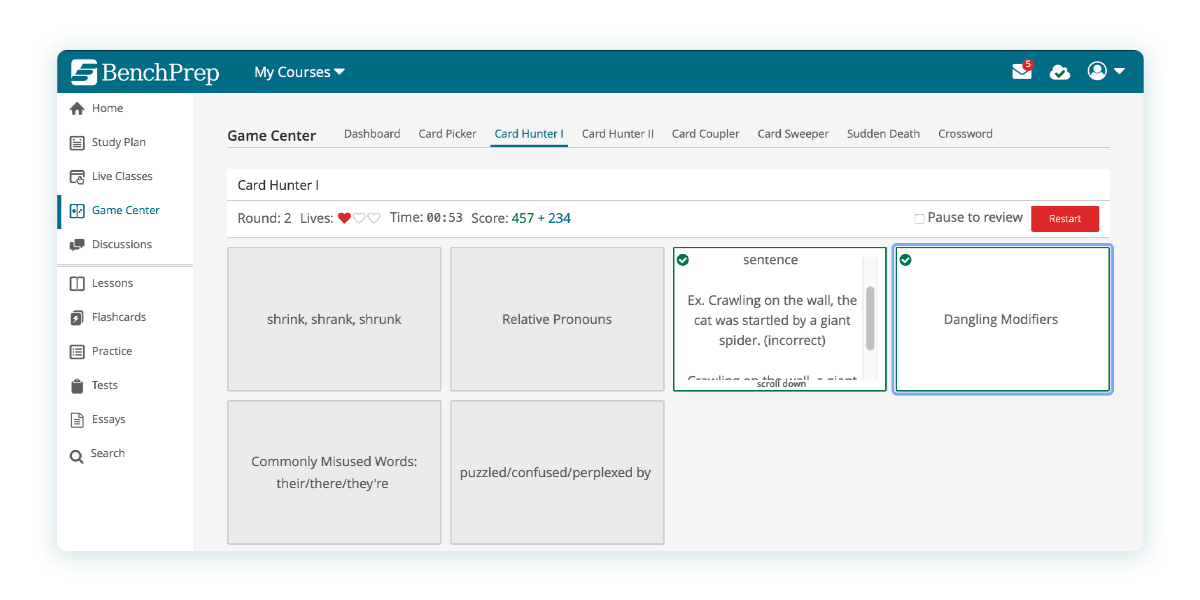The 5 Most Effective Training Techniques
Many corporate training environments fall victim to stale, boring activities that undermine their learners’ ability to retain knowledge. On top of that, training programs can be expensive. Live instructors, office space, and the time your learners spend in lectures all factor into the expense. Thankfully, there are more effective ways to provide training and development. In this post, we'll go over the most effective modern methods for training.
Most effective ways to teach modern learners
There was a time when distance learning was inferior to in-person training or instruction. The rapid transformation that the internet has ushered into all aspects of modern life, including digital learning, has drastically changed things. These days, learners have much better options than mail-order textbooks and tests, and learning program administrators have unprecedented insight into the effectiveness of their online courses. In fact, now that we understand how people learn most effectively, internet-enabled learning can not only replace traditional learning but surpass it.
Let's take a look at five of the top methods used by successful modern learning platforms to leverage technology to improve training outcomes.
1. Personalized learning
Personalized learning minimizes the problems you face when your learners come to your workplace training with different levels of knowledge. In a digital learning environment, it is easy to determine what your learners know and what they don't know. By focusing only on new information, you are ensuring that they don't get bored early on and keep them engaged throughout the course. You ultimately spend less time training people because you can skip over the parts your learners already know.

Personalized learning also allows individual learners to repeat problems that they have difficulty with until they get them right. In traditional learning methods, these learners fall behind.
🔍 For more information on how to use personalization within your learning program, read our blog post, Why Personalization Should Be a Crucial Part of Your Learning Program.
2. Social learning
You can improve learning outcomes by taking advantage of innate human social impulses. Whether an initial course is online or in-person, adding social elements will help your learners retain knowledge and encourage them to engage during the course. There are several ways to integrate social learning into a training program. Below are three of the most common.

- Create discussion boards where learners can discuss the material during and after the course.
- Encourage all members of the training group to find an accountability buddy who will help keep them on track.
- Start your communities of practice in person, where social bonds form best, and then continue them virtually so it's easy for the group to stay in touch.
3. Microlearning
Our digital world has become one of bite-sized consumption. People spend less time sitting for hours on a task and more time picking away at it as the day goes on, as they find moments of free time. This new tendency presents a challenge for traditional learning programs because learners are used to consuming content in smaller chunks.
Microlearning delivers on your learners’ preferences for smaller, bite-sized lessons they can consume on the go or when they have time. Microlearning includes short bursts of educational content that learners can complete in 2 to 10 minutes, spaced out over time to reinforce understanding and build toward mastery.
Microlearning is super effective for apps like Duolingo, which provides quick 5-minute language lessons learners can take throughout the day instead of expecting them to study long vocabulary lists.
🔍 Want to drive engagement for your learning program, read our blog post, 5 Tips to Create Effective Microlearning that Drives Engagement.
4. Gamification
Video games know how to keep people coming back. Now that learning platforms have gone digital, there are some things you can learn from the gaming industry. Let's take a look at three ways you can use gamification to improve learner retention.

- Leaderboards — People are highly competitive. Games take advantage of this behavior by using scoreboards that let people compare their performance to others. Using this impulse pushes them to keep getting better at the game, or in our case, learning more.
- Achievement badges — In video games, achievements are unlocked when players reach a specific milestone. They serve two primary purposes. The first is to give the player the feeling of accomplishment that keeps them coming back in between the predefined game accomplishments. The second is providing a list of goals, which players will want to complete. Including achievement badges in your learning program has the same effect.
- Instant Feedback — Video game players are rarely unsure of where they stand in the game. There are health meters, scoreboards, and on-screen notifications whenever that keep the apprised of the current state of the game. Do the same with your online learning platform: make sure your learners know where they stand and what they need to do next to progress through the course.
Here is a closer look at how to use gamification in your learning process.
5. Blended Learning
The worst part of in-person learning is the mind-numbing lectures. But, online learning has one big disadvantage of its own—isolation. What if you could have a classroom community combined with the convenience of your laptop? Blended learning gives you the best of both worlds.
With blended learning models, your learners learn the material first at their own pace. This allows them to take advantage of personalized pathways, learning games, and microlearning. Then, they come together in a virtual classroom setting for group discussions, collaboration, and projects.
The key to blended learning is to split it up correctly. The online portion is for content delivery. It makes sense to use online learning tools for knowledge retention. These tools help learners master content faster. Plus, they’ll keep your learners engaged.
The virtual instructor-led training portion allows your trainees to practice the skills they learned online. You’re not wasting learners' time on a presentation. You’re bringing them together so they can start collaborating, designing, and innovating.
🔎Want to learn more about implementing blended learning? Check out our blog post, Blended Learning Benefits, Techniques, and Implementation Strategy.
There are many options available for online learning these days but beware of certain pitfalls. A system that fails to increase the speed at which students learn and improve their retention is a waste of money. Further, if the tools are not easy for your staff to create courses, you'll be spending more on labor to design the course than you need to.
BenchPrep's enterprise SaaS learning solution is designed from the start to be easy for your training staff to use while being a worthwhile and engaging platform for your members to learn from.
Check out our ebook, Roadmap: Convert Your Classroom into Powerful eLearning, to see how to convert your instructor-led resources into amazing eLearning assets.

-1.png)




